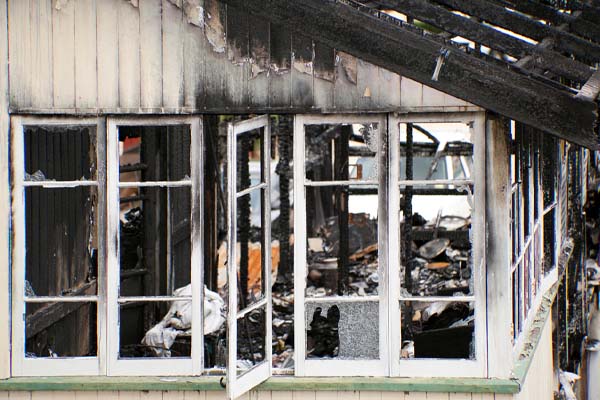Cellulose insulation has gained popularity as an eco-friendly and energy-efficient option for insulating homes and buildings. However, concerns about its fire risk have led to misconceptions and doubts among homeowners and professionals alike. In this article, we will delve into the topic of cellulose insulation and address the question: Is cellulose insulation a fire risk?
- Understanding Cellulose Insulation:
Cellulose insulation is primarily made from recycled paper products, such as newspapers and cardboard, which are treated with fire-retardant chemicals. It is a cost-effective and environmentally friendly alternative to traditional insulation materials like fiberglass. Cellulose insulation is known for its excellent thermal performance, soundproofing capabilities, and resistance to pests. - Fire Safety Standards and Testing:
Contrary to common misconceptions, cellulose insulation meets rigorous fire safety standards and undergoes extensive testing to ensure its fire resistance. The fire-retardant chemicals used in cellulose insulation significantly reduce its flammability and slow down the spread of flames. The product is subjected to various tests, including the ASTM E84 test for surface burning characteristics, to assess its fire performance. - Fire Retardant Chemicals:
The fire-retardant chemicals used in cellulose insulation play a crucial role in enhancing its fire resistance. Borates, commonly used as fire retardants, are natural minerals that are effective in inhibiting combustion and reducing the spread of flames. These chemicals are non-toxic to humans and pets, making cellulose insulation a safe choice for residential and commercial applications. - Fire Safety Benefits of Cellulose Insulation:
Cellulose insulation offers several fire safety benefits that make it a reliable choice for homeowners. Firstly, its dense composition helps restrict the flow of oxygen, which is essential for combustion. This characteristic makes cellulose insulation less prone to sustaining or spreading fires. Additionally, the fire-retardant chemicals used in cellulose insulation create a barrier that slows down the ignition and flame spread, providing valuable time for evacuation and firefighting efforts. - Installation Best Practices:
To ensure optimal fire safety, proper installation of cellulose insulation is crucial. Hiring trained professionals who follow industry guidelines and local building codes is essential. Adequate clearance around heat-producing devices, such as recessed lighting fixtures and chimneys, should be maintained to prevent overheating and potential fire hazards. Additionally, electrical wiring should be properly installed and not in direct contact with the insulation material.
Conclusion:
In conclusion, cellulose insulation is not a significant fire risk when installed and maintained correctly. The fire-retardant chemicals used in cellulose insulation effectively reduce its flammability and slow down the spread of flames. It meets stringent fire safety standards and undergoes extensive testing to ensure its reliability. By debunking the misconceptions surrounding cellulose insulation's fire risk, homeowners can confidently choose this eco-friendly and energy-efficient insulation option for their homes.
